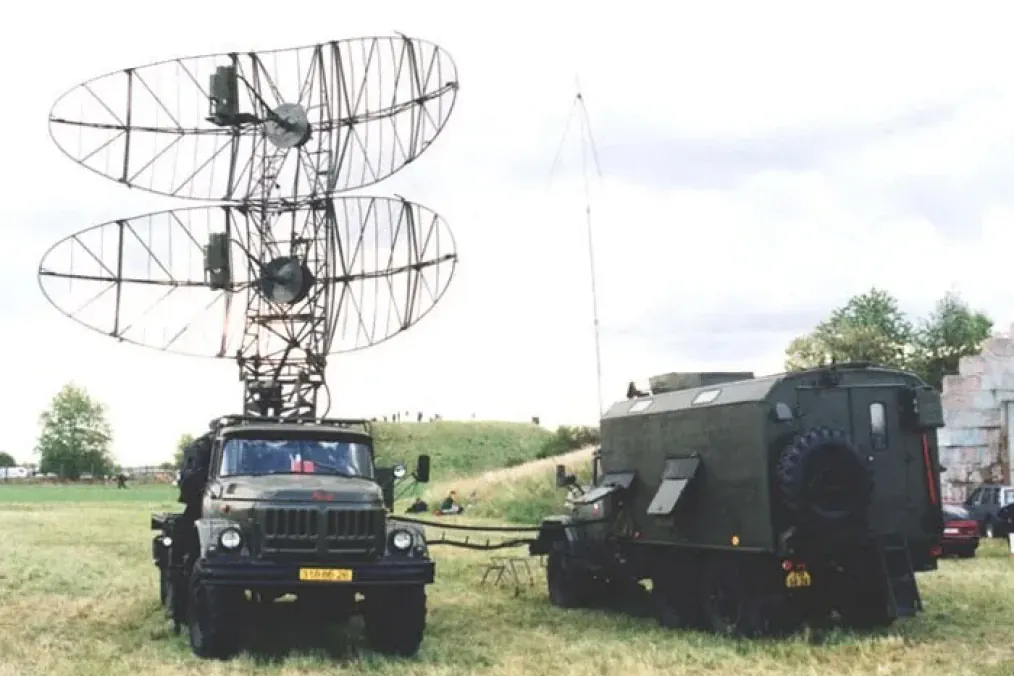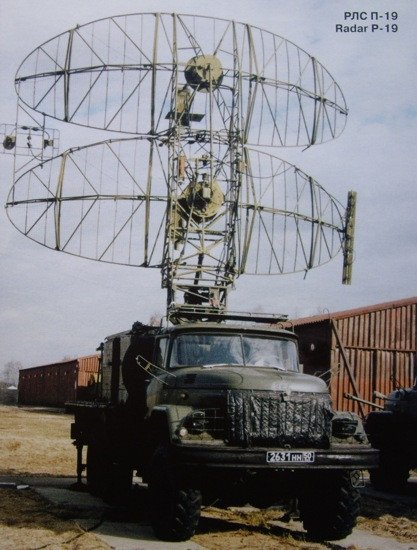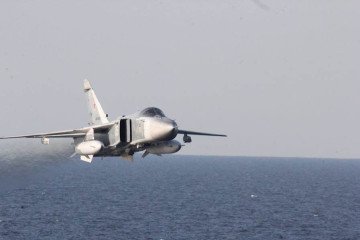- Category
- Latest news
Ukraine Uses Drone to Disable Russian P-15 Radar in Kursk, Video Shows

Earlier this month, Ukrainian Defense Forces struck a Russian mobile radar station in Kursk region using an unknown drone, underscoring the growing role of unmanned systems, precision targeting, and electronic warfare in shaping the future battlefield.
A video released by the “Spy Dossier” Telegram channel on April 28 showed a drone targeting the radar’s core equipment area, reportedly disabling or destroying the system.
Based on footage analysis, the targeted unit appears to have been either a P-15 two-coordinate radar or its upgraded version, the P-19—both Soviet-era decimeter-range radars primarily designed for low-altitude target detection.
The P-15 decimeter-range radar (835–870 MHz) was developed to detect low-altitude targets, with design work beginning in 1952 and adoption into service in 1955.
It was deployed at radar posts within radio engineering units, control batteries of anti-aircraft artillery and missile formations, and tactical-level air defense command points. Its maximum detection range was 160 kilometers.

Mounted on a single ZIL-131 vehicle along with its antenna system, the P-15 could be deployed into combat position within 10 minutes, with its power unit transported separately on a trailer. It featured protection against active jamming by quickly switching among four frequencies, as well as passive interference compensation.
The P-15 underwent several upgrades during its service life, including versions such as the P-15M, P-15M2, P-15MN, P-15N, and P-15U.

The incident reflects the broader transformation in military operations, where autonomous or remotely piloted drones equipped with real-time sensors and electronic warfare tools are increasingly employed for high-value strikes.
Despite multiple modernizations, including better frequency agility and passive interference protection, these systems are now vulnerable to modern precision strikes.
Earlier, a secret Russian military satellite believed to be linked to Moscow’s anti-satellite nuclear program has reportedly gone out of control.

-554f0711f15a880af68b2550a739eee4.jpg)



-72b63a4e0c8c475ad81fe3eed3f63729.jpeg)

-111f0e5095e02c02446ffed57bfb0ab1.jpeg)
